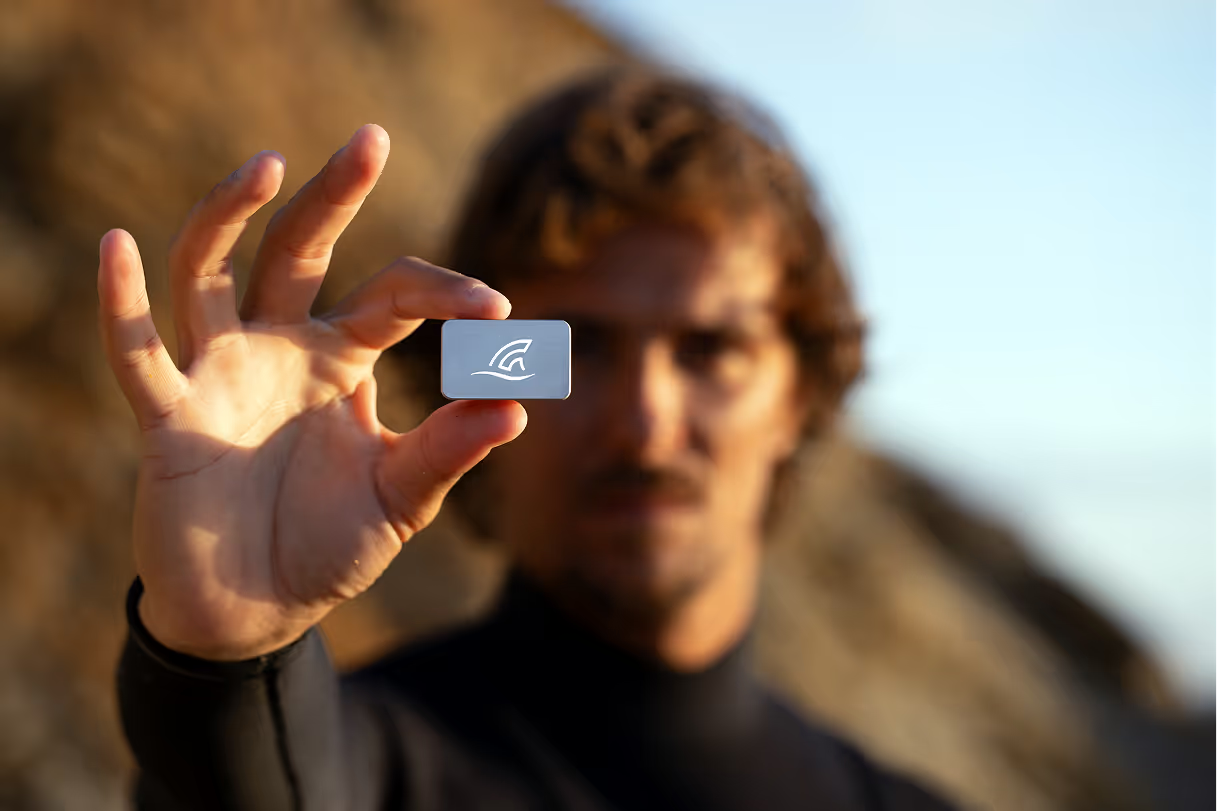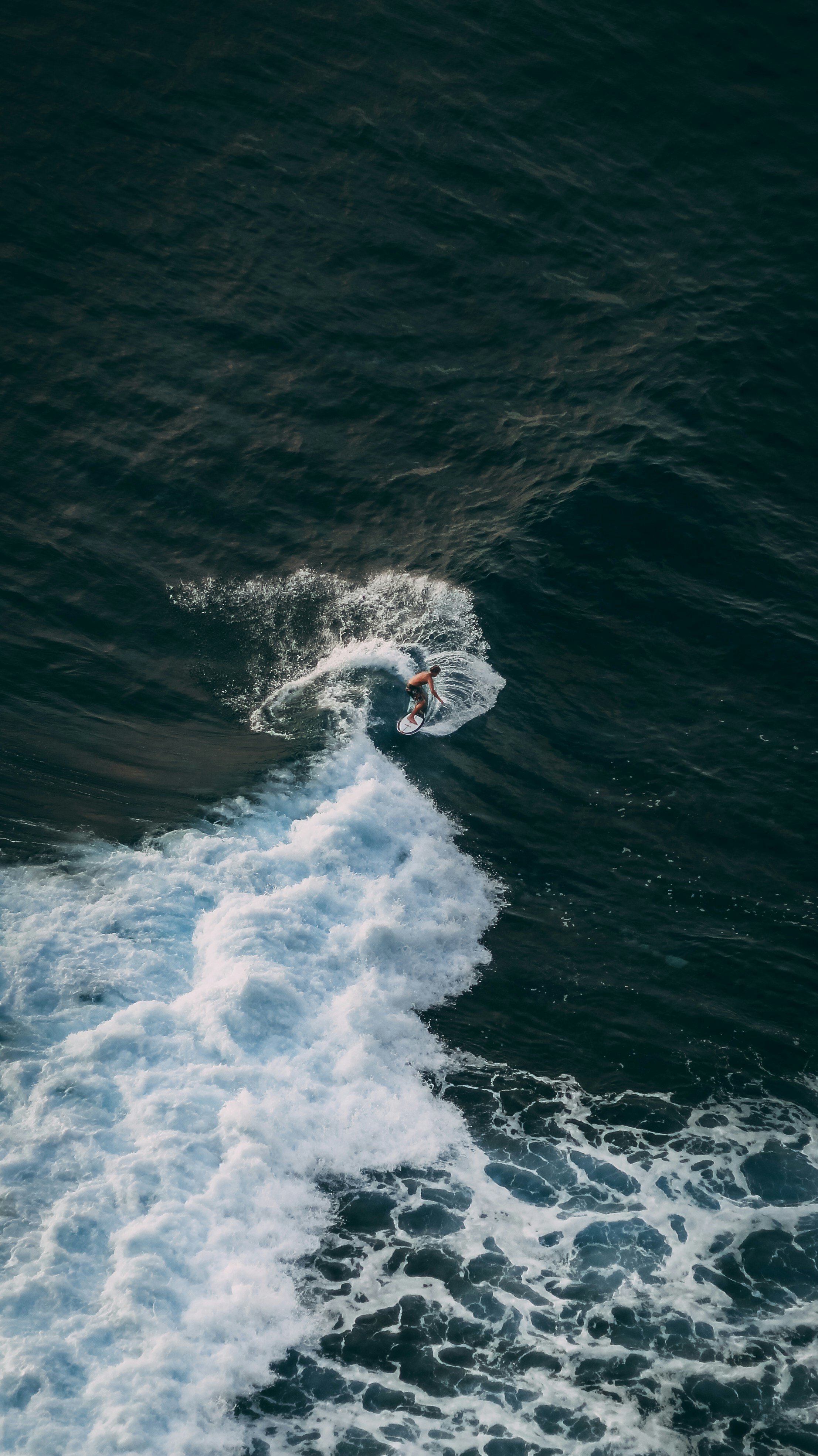How to Bottom Turn: The Foundation of Every Great Wave
Why the Bottom Turn Matters
The bottom turn is the most important move in surfing. It’s the setup that determines everything that follows—speed, angle, and power for top turns, snaps, or barrels. Get it right, and every maneuver feels effortless. Get it wrong, and the rest of the wave falls apart.
Common Bottom-Turn Mistakes
- Wrong Turn Depth – Too deep on a soft wave and you’ll get stuck out the back; too shallow on a steep wave and you’ll end up on the shoulder. Match your turn depth to the wave’s power.
- Poor Weight Distribution – Too much front-foot pressure buries the rail or nose-dives the board. Too much back-foot pressure stalls speed. You need to shift weight progressively through the turn.
- Not Holding the Line – Many surfers start turning, hesitate, and adjust mid-way. Each micro-adjustment kills momentum. Commit to your line from the start and hold it through.
- Backside Mistake – On your backhand, failing to open your shoulders and lead with your front arm toward the face makes it nearly impossible to turn fully or see the lip. Open up early to stay connected and balanced.
How TRAX Helps You Refine the Bottom Turn
- Pressure Cue – TRAX sees how pressure builds through your feet. If it spikes early then fades, you’re unweighting too soon. Cue: “Stay compressed longer—drive through the turn.” If pressure never shifts back: “Lighten your front foot to avoid burying the rail.”
- Timing Cue – If TRAX detects turns too early (immediate after takeoff): “Wait a moment—let the wave steepen before bottom turning.” If you’re going too far out into the flats: “Turn earlier to stay near the pocket.”
- Lean & Rotation Cue – Gyro data reveals your board’s roll. If you’re too flat: “Push harder on your rail—commit to a deeper bottom turn.” If you flatten out mid-turn: “Hold your rail until you redirect up the face.”
- Speed Cue – Comparing entry and exit velocity, TRAX can highlight: “Maintain compression—carry your speed through the turn.” For advanced surfers in big surf: “Control speed—slight stall can help set up the barrel.”
Drills to Master Bottom Turns
- Land Carving Drill – Use a balance board or surf skate to simulate the bottom-turn motion. Compress low, lean on your back foot, then extend as you “drive up.” This builds muscle memory.
- Exaggerated Water Turns – On mellow waves, make one big bottom turn and ride straight out. Focus on feeling rail pressure and staying low.
- Backside Opening Drill – On your backhand, practice reaching your front arm toward the wave face right after takeoff. It teaches early torso rotation and vision.
- Touch-the-Rail Drill – Try to brush your trailing hand along the wave during the bottom turn. It forces deeper lean and better body position.
- Marker Drill (Wave Pool or Lineup) – Pick a visual marker to “turn around.” It trains you to commit to a full, smooth arc instead of hesitating mid-turn.
Stage-Specific Feedback
- Beginner: Focus on stance and direction. Keep your knees bent, look where you want to go, and shift weight slightly back. TRAX can show whether your pressure balance is steady or jumping.
- Intermediate: Learn to time your turn with the wave’s steepness. TRAX helps identify if you’re turning mid-face or too early. Drop lower, then drive off the bottom.
- Advanced: Refine your entry line for different waves. Use TRAX to see if your rail angle or lean consistency drops. Work on using the full face for more vertical approaches.
- Pro: Focus on nuance and purpose. Use TRAX to fine-tune bottom turns for different outcomes—tight arcs for quick hits, drawn-out turns for barrels or airs. The goal: precision, consistency, and flow under pressure.
How TRAX Makes It Measurable
TRAX breaks the bottom turn into data: pressure, rail angle, timing, and speed retention. You’ll see exactly how your setup improves—more rail engagement, smoother pressure build, faster exits. Every great maneuver begins here, and now you can measure how strong your foundation really is.
Related Reading
- Top Turn Carves – How to Hit the Lip with Control
- Cutback Technique – How to Do Powerful Roundhouse Turns
- How to Generate Speed on a Surfboard








